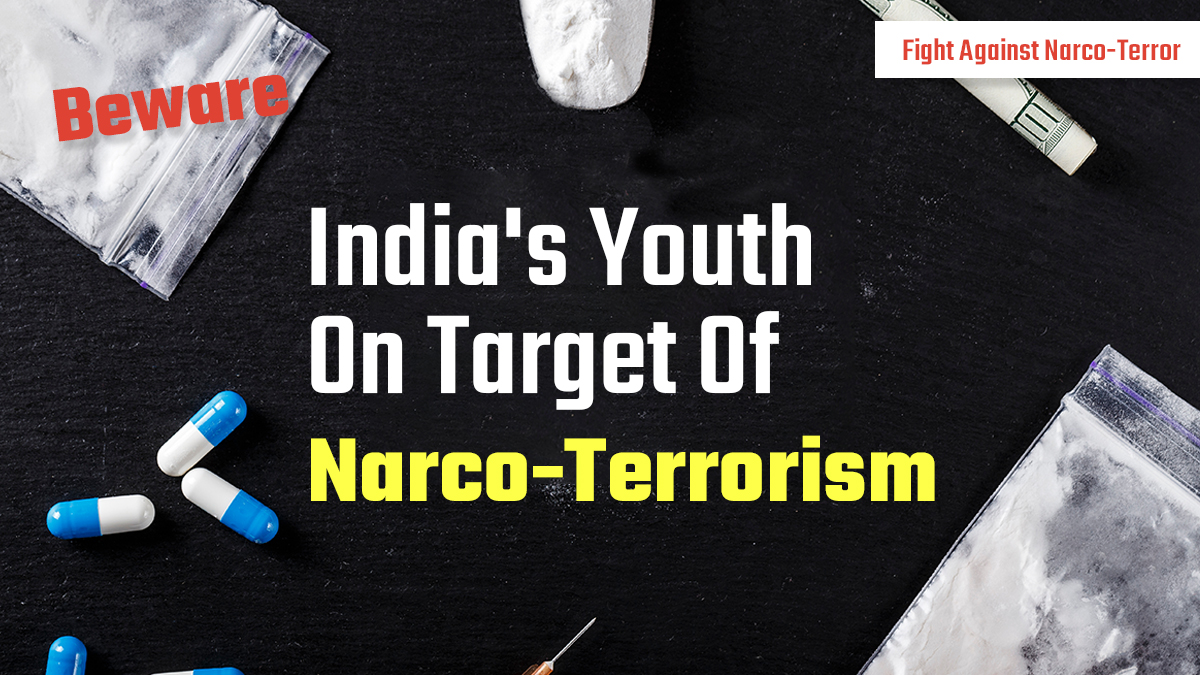
by Abdul Mussawer Safi 23 November 2023
India is dealing with issues such as drug trafficking, drug misuse, and the diversion of licit medications. It has raised issues about drug production and distribution as well as a rise in HIV/AIDS diagnoses associated with drug use. Also, crimes like trafficking in people and corruption are common in the country. Human trafficking and diversion of precursor compounds continue to be substantial concerns, notwithstanding the endeavors of the government to tackle these issues. In 2003 and 2004, Transparency International ranked India as the 83rd and 90th most corrupt country, respectively.
The significance of India in the international drug trade, both as a manufacturer and a transit point for synthetic drug precursors. Criminal groups have used India’s extensive and poorly regulated chemical and pharmaceutical industry to send goods to illegal markets, mainly in Africa, Mexico, and the Golden Triangle. Indian drugs have been linked to terrorist groups like the Islamic State, so the country also has to deal with the threat of narco-terrorism. International groups like the US State Department, the International Narcotics Control Board, and the Italian Police have all noticed that India is involved in the drug trade. India needs to work with other countries to fight the drug problem and make its laws and rules stronger.
India has a significant drug problem right now because it is stuck in the middle of the Golden Crescent and the Death Triangle. Tamil Nadu and Kerala are in the worst shape because drugs from Pakistan are flooding the market there. Because these two coastal states have long coastlines and ports that are easy to get to, drug traffickers see them as easy targets. Even worse, it is easier to get drugs from these states to Sri Lanka and the Maldives, which are farther south. Conversely, the government is taking the problem very seriously and working hard to solve it.
Implications for the region and local society:
The drug trade in South Asia and India is bad for the region and as well as for the inhabitants who live there. In some ways, it has caused:
- It makes corruption, violence, and instability more likely, which hurts the rule of law and the legitimacy of the state.
- It is terrible for people’s health and well-being, especially young people, who are more likely to abuse drugs or become addicted.
- Because it encourages crime, exploitation, and radicalization, it weakens society’s social fabric and morals.
- It slows down the region’s economic growth and potential because it takes resources and chances away from productive areas and gives them to illegal ones.
So, the region and the local community need to work together to deal with the drug problem and its causes, like poverty, inequality, and a lack of safety. By doing this, they can make a safer and better future for themselves and their children.
Main stakeholder:
Consumers, law enforcement agencies, drug producers, and traffickers are the main stakeholders in the illicit narcotics trade in India. The people who grow opium poppies in India and Afghanistan are drug producers. So are the people who make synthetic drugs in India and China and the drug cartels in South America. Cross-border smugglers, organized gangs, terrorist groups, and people who work on the dark web are all types of drug traffickers. People who use drugs include teens and families, who are more likely to abuse and become addicted, as well as terrorist groups, who use drugs to fund and power their activities.
The Narcotics Control Bureau, the Directorate of Revenue Intelligence, the Border Security Force, the Indian Coast Guard, the National Investigation Agency, and the state police forces are some entities implementing the legislation. These organizations must coordinate with counterparts in other nations to effectively combat, investigate, and punish drug traffickers. India is a crucial source, transit, and destination country for illicit drugs, according to the most recent World Drug Report from the United Nations Office on Drugs and Crime. Narco terrorism and organized crime also pose significant risks to India.
In conclusion, drug trafficking is a serious issue across India, particularly in the southern states of Tamil Nadu and Kerala. The government must double down on its efforts to address the issue by examining and revising the relevant legislation and enforcement strategies. It is vitally necessary to make law enforcement agencies stronger and more coordinated, as well as to strengthen physical security and monitoring. Reducing drug demand and supply requires a multifaceted approach that includes education, public awareness campaigns, treatment and rehabilitation facilities, and other means of income generation. It is also feasible to combat drug addiction and diversion by supporting scientific research and new ideas in the chemical and pharmaceutical industries. We need a holistic strategy to combat the drug trade and safeguard public health.
